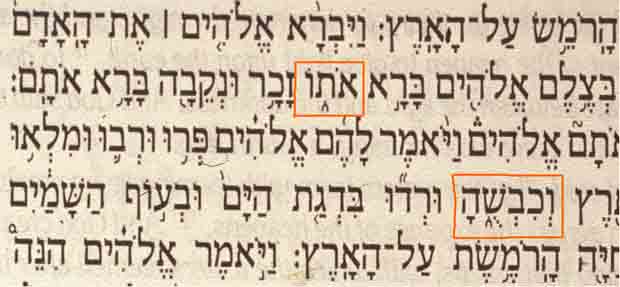


Rabbi Ginsburg, a mathematician of Gal Einai has observed that the ‘Esnachta’, one of the musical notes that denotes a pause in a sentence of the Torah, divides the sentence into a larger phrase and a shorter phrase. When all the words of the first 35 verses of Genesis are counted then there is a precise Golden Proportion between the larger and the shorter phrase.

If we count up the different types of syllable, we discover that out of a total of 34 syllables, 21 are unstressed (the di’s) and 13 are stressed (the dum’s). There are 8 syllables in the longer lines and 5 in the shorter ones. Out of the total of 5 lines, 3 are long ones containing 3 metrical feet (i.e. 3 stressed dum’s), and 2 are shorter ones containing 2 metrical feet. Anyone familiar with elementary mathematics will recognise these numbers as belonging to the well known Fibonacci series: 1, 1, 2, 3, 5, 8, 13, 21, 34 … where each successive number is the sum of the two preceding numbers.
Dr Kevin Jones is Reader in Music at Kingston University in Surrey. He has degrees in Mathematics and Computer Science as well as in Music.
by Kevin Jones
There was an Old Man with a beard,
Who said, “It is just as I feared! –
Two Owls and a Hen,
Four Larks and a Wren,
Have all built their nests in my beard!”
[Edward Lear]
Dr Duckworth studied the presence of the Golden Proportion in the structure of the Aeneid by Vergil for a master’s degree. His thesis was printed in 1962 entitled “Structural patterns and proportions in Vergil’s Aeneid” by University of Michegan.
He found that the sentences were made up of a larger phrase and a smaller phrase and over 95% of these two phrases were in the Golden Proportion.
This is identical to the division of a sentence by the Esnachta symbol in the reading of the 5 Books of Moses and similar to the Limerick.